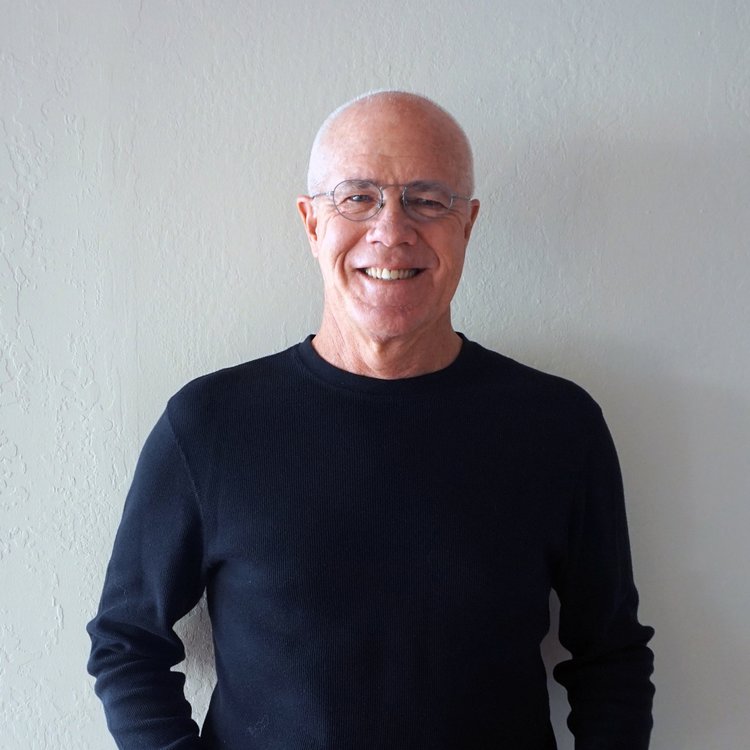First Hit: I thought Emma Thompson as Katherine Newbury, was excellent and engaging in this role, but the rest of the film flopped along.
The overall story premise was good if looking at it from 100,000 feet. Young aspiring comedy writer who is a woman of color breaking into the all-white male writing team for Katherine Newbury who is a successful twenty-five plus year veteran late-night comedy talk show host.
But the failure is that there is little meat on the bones of Molly Patel (Mindy Kaling) finding her way from being a quality inspector at a Pittsburgh chemical producing plant (“the factory”) to being hired, with no experience just because she’s female of color.
This old part of Patel’s story is set up with a few lines of dialogue and fewer sparse scenes that hold no reason or inclination as to why she thinks she could even interview for the job as Newbury’s writer, let alone get the job.
Granted, the hiring and firing of her staff writers by Newbury is illegal and problematic, but they do try to be funny and point out weaknesses in people, companies, society, and specifically Newbury. But this isn’t the film’s message, or at least we hope it isn’t. What are the lessons?
Lesson One: If you’ve got a dream, work hard at it, get good at it, don’t just point out negatives of someone else’s work, provide input about changes, make your information excellent, and maybe you’ll make it. This was Molly’s path to getting seen and heard. However, its failing is that we never learn why she felt she could be a comedic writer in the first place. I think she believed that because this may be Kaling’s own story, it would come across, it didn’t.
Lesson Two: The second message is about forgiveness of past deeds and waking up to a changing world. But it’s about making changes to stay relevant that is the primary focus of lesson two. This was Katherine’s lesson. And how it plays out publicly with one of her young guests, what she has to let go of, and her long ago affair was rather good.
I thought the scenes in the writing room were weak and of little impact. The film could have dug into how difficult it is to create comedy by leveraging the characters and writers; #’s 1 – 8. The numbers relate to how Newbury labeled her team instead of using their names. Realistically, this was a device to prop up Katherine’s meanness. The heartfelt scene when she thanked everyone and uses everyone’s name except #6’s, was OK until she forgot his name. Another plot device to say, Newbury has learned something but still has more to learn.
What I’m saying is that every scene was a manipulation for the benefit of the two lessons mentioned above.
Thompson was strong focused and powerful as the aging talk show host who gave up everything to be in her position. She carried the right tenor and clarity of purpose. Kaling seemed lost and lazy in this role. I know little about her in other characters, but this one just fell flat. It was more about the situations she found herself in that were interesting, but the two major crying jags were not necessary and seemed like another plot device to manipulate other characters and the audience. John Lithgow, as Katherine’s husband Walter, was excellent in his limited role. Hugh Dancy as charming and seductive writer Charlie Fain was Okay. Again, he was a distinct plot device and not a real good character with history or background. Reid Scott as monologue writer Tom Campbell was better. There was an engagement in the role which came through. Denis O’Hare as Newbury’s right-hand person Brad was very good. His frantic ways of fixing all of Katherine’s problems was engaging and like a people pleaser. Ike Barinholtz as Newbury’s designated replacement Daniel Tennant was suitable. His facial expressions when being interviewed on Newbury’s show, and she re-directed the intent was perfect. Kaling wrote a mediocre screenplay that meandered and lacked solid footing. Nisha Ganatra directed this and got some excellent performances and also weak scenes mostly due to script failings.
Overall: This film failed at delivering all that it could, and this was mostly due to Kaling’s script and acting.
